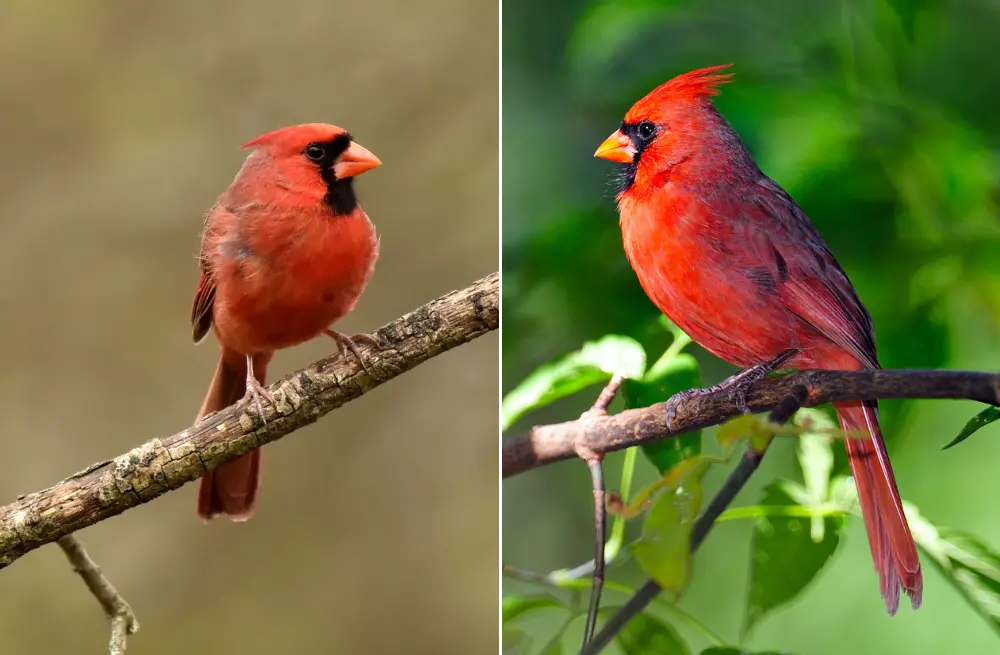The lifespan of a hummingbird varies depending on several factors, including species, environmental conditions, and threats from predators. On average, hummingbirds can live for 3 to 5 years in the wild.
Hummingbirds are tiny marvels of the avian world, renowned for their iridescent plumage, dazzling aerial displays, and, of course, their remarkable ability to hover.
These enchanting creatures, native to the Americas, have fascinated bird enthusiasts and scientists for generations.
While hummingbirds lead incredibly active lives, flitting from flower to flower searching for nectar, their lifespans are surprisingly short. In this article, we will explore the intriguing lifespan of hummingbirds, their challenges, and the secrets behind their rapid existence.
The Variety of Hummingbird Species
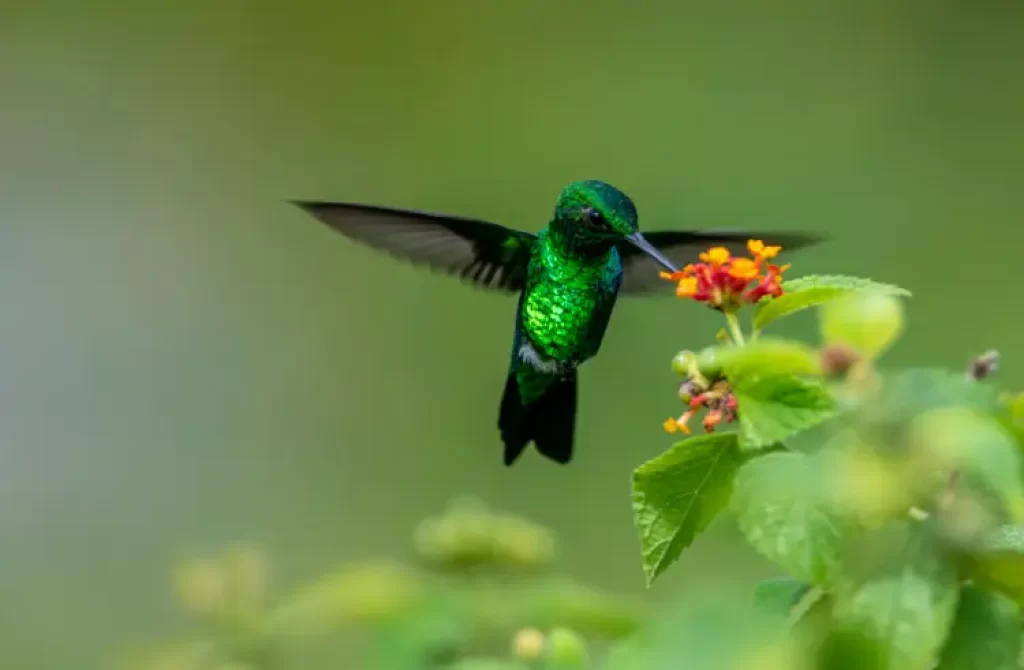
Before delving into their lifespans, it’s important to note that there are over 300 species of hummingbirds, each with its own unique traits and characteristics. Isn’t that interesting, i bet you did not know!
These birds are distributed throughout the Americas, from Alaska to Tierra del Fuego. While there are many species, their lifespans share some commonalities.
The Average Hummingbird Lifespan
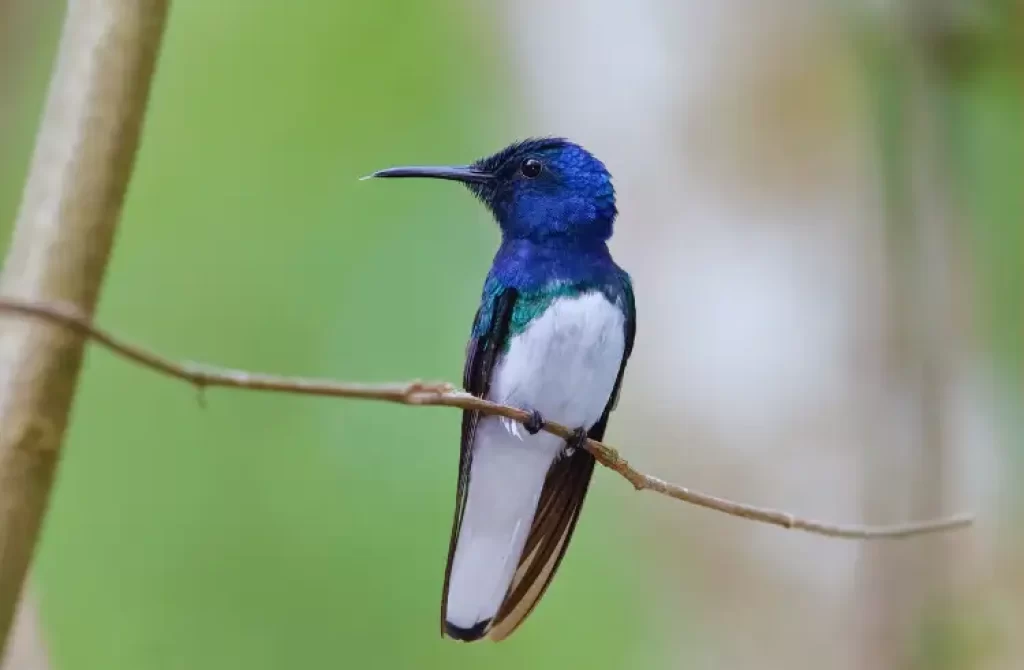
In the wild, hummingbirds face numerous challenges, from predators to harsh weather conditions. These factors contribute to their relatively short lifespans, which typically range from 3 to 5 years.
However, many do not survive beyond their first year due to high mortality rates during the vulnerable stages of hatching and fledgling. Some larger species may have slightly longer lifespans, while smaller ones tend to have shorter lives.
😅 Ah and btw one of my favorite hummingbirds is the ruby-throated hummingbird, this little guy is known for its stunning emerald plumage and vibrant red throat.
Now, you might be wondering, how long does a ruby-throated hummingbird live in the wild? On average, these enchanting birds have a lifespan of about 3 to 5 years. However, like all the other hummingbirds their lives are filled with challenges, including predators, food scarcity, and the demanding task of migration.
The Challenges of Survival
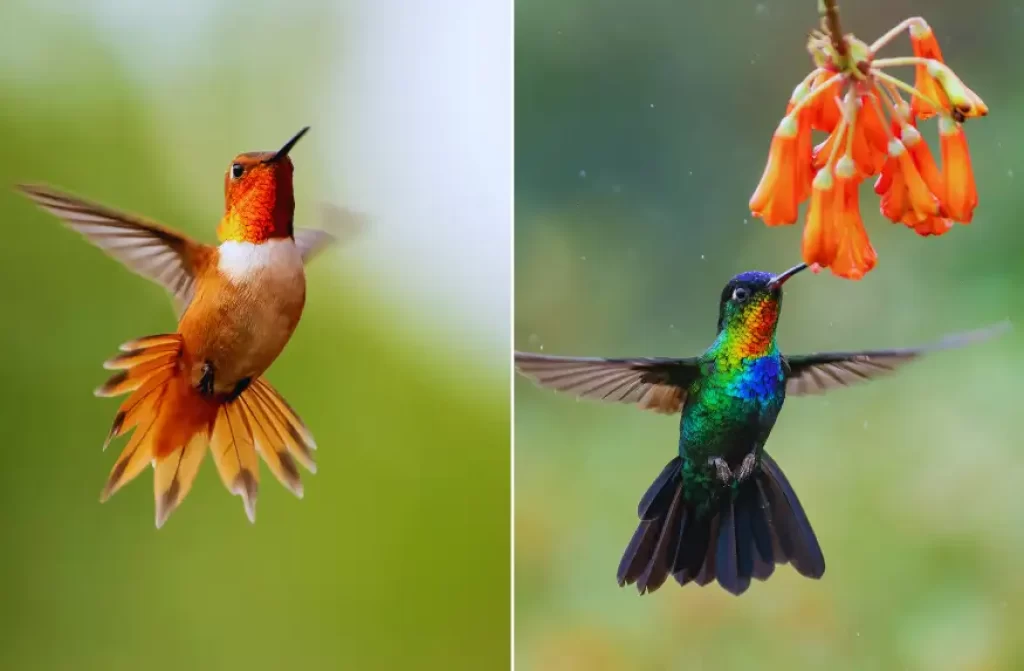
Predators
While hummingbirds are agile and speedy, they aren’t immune to predators. Insects, spiders, and even larger birds pose significant threats to their eggs, nestlings, and occasionally, adult birds.
These predators are constantly on the lookout for opportunities to exploit the hummingbirds’ vulnerability.
Food Scarcity
Hummingbirds face an ongoing challenge of finding a sufficient supply of nectar to sustain their rapid metabolism. They must feed multiple times per hour to maintain their energy levels. During periods of food scarcity, they can quickly become weakened and vulnerable to predation.
Harsh Weather
Extreme weather conditions, such as sudden cold snaps and heavy rain, can be life-threatening for these delicate creatures. Hummingbirds rely on maintaining a high body temperature, and exposure to adverse weather conditions can lead to hypothermia and even death.
They’ve developed survival strategies, like entering a state of torpor, akin to hibernation, during cold nights to conserve energy.
Migration
Hummingbirds are renowned for their incredible migratory journeys, with some spanning thousands of miles. This arduous undertaking, while essential for their survival, can be physically taxing.
Many hummingbirds embark on these epic migrations, but not all reach their destination. Some individuals succumb to exhaustion or perish during their long journeys, a testament to the challenges they face.
Disease
Like all living organisms, hummingbirds are susceptible to diseases. They are particularly vulnerable when they congregate at feeders or flowers, increasing the risk of disease transmission.
Common avian diseases, such as avian pox or fungal infections, can impact their populations, contributing to fluctuations in their numbers. Conservation efforts often focus on mitigating disease risks to protect these remarkable birds.
The Role of Predation
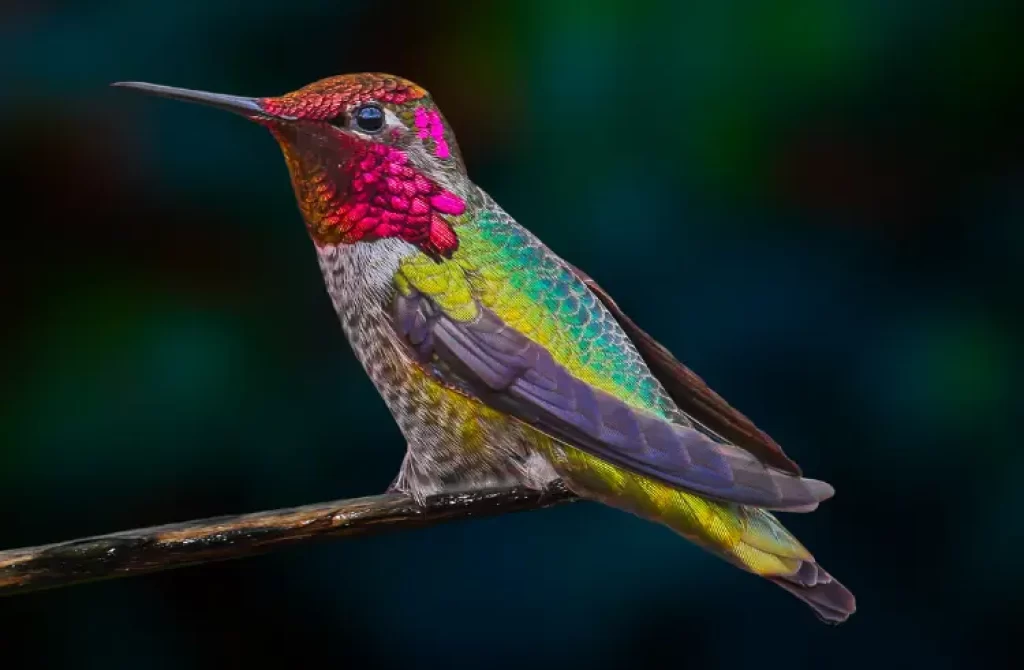
Predation plays a significant role in the hummingbird’s lifespan. Nest predation by larger birds, such as jays and crows, is a significant threat.
Additionally, insects like praying mantises and spiders are adept at ambushing these tiny birds. Their nests, often camouflaged with lichen, can be vulnerable to these lurking threats.
The Exceptions: Longevity Among Hummingbirds
While the average hummingbird lifespan is relatively short, there are exceptions. Some individuals have been known to live longer than the typical three to five years.
In captivity, where they are protected from many of the natural threats they face in the wild, hummingbirds can live up to a decade or more.
What is the longest lifespan of a hummingbird?
The longest lifespan recorded for a hummingbird in the wild is around 9 to 10 years, typically observed in species like the Ruby-throated hummingbird.
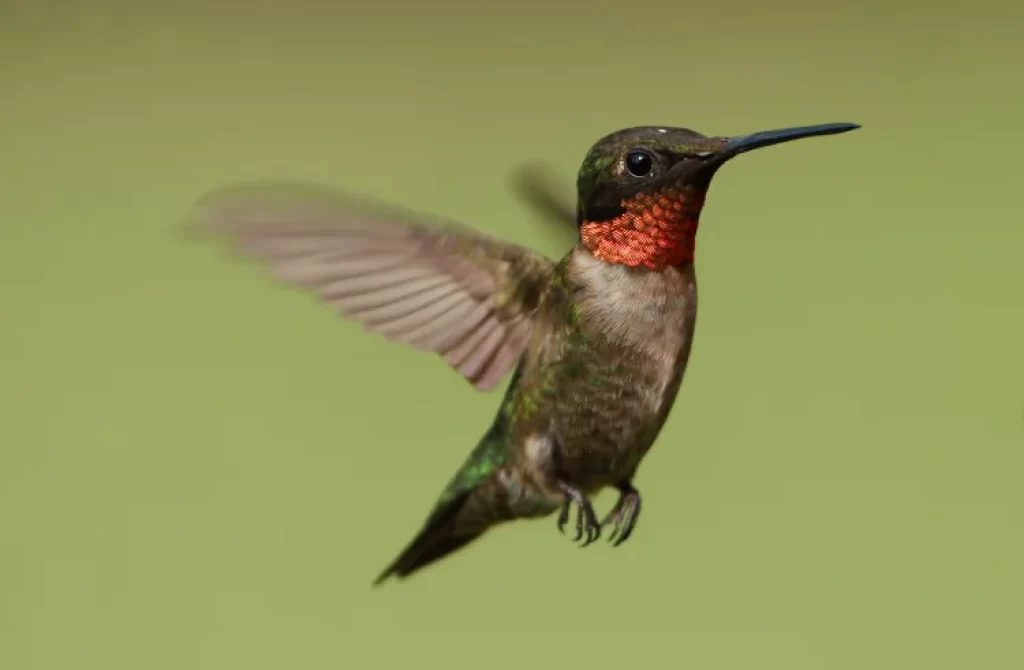
Impressive! Ruby-throated hummingbirds can really defy the odds with their 9 to 10-year lifespan in the wild. Nature’s little marvels can teach us a lot about resilience. 🌿🐦
However, in captivity, some hummingbirds have been known to live even longer, with lifespans occasionally exceeding a decade.
These extended lifespans in captivity are often attributed to the absence of natural threats, a consistent food supply, and optimal living conditions. While hummingbirds are known for their short but vibrant lives, some individuals can enjoy a surprisingly lengthy existence when provided with the right care and environment.
Can you tell how old a hummingbird is?
Determining the exact age of a hummingbird can be challenging, especially in the wild. Unlike some animals, hummingbirds don’t display obvious physical characteristics or markings that change significantly with age. In most cases, only general age categories can be determined:
Juvenile:
Young hummingbirds are often identified by their slightly smaller size and sometimes less vibrant plumage. However, these differences can be subtle and vary among species.
Adult:
As hummingbirds mature, they typically develop the distinctive plumage of their species. Adult birds are sexually mature and capable of breeding.
Older Adult:
Aging in hummingbirds isn’t as easily distinguishable as in some other animals. Older adults may exhibit slight wear and tear on their plumage, but this can vary.
Precise age determination usually requires banding or marking birds and tracking them over time, which is typically done by researchers and ornithologists.
Watch: Hummingbird Babies from Hatching to Fledging the Nest
In this video, you can watch the incredible story of a devoted mother Allen’s Hummingbird, whom we affectionately named “Emerald.” She embarked on an extraordinary journey, hatching two tiny offspring, lovingly christened “Ruby” and “Sapphire.” These precious hummingbird babies received the utmost care, ensuring their rapid growth and development.
As you follow along, you’ll witness the remarkable transformation of these young hummingbirds, from the very moment they hatched to the day they courageously left their nest, which took approximately 27 days.
This video provides an intimate glimpse into the world of these delicate yet resilient creatures, showcasing their awe-inspiring journey from infancy to fledgling. It’s a testament to the wonders of nature and the unwavering dedication of a mother hummingbird.
What is the longest living hummingbird?
The longest recorded lifespan of a hummingbird in the wild belongs to a female broad-tailed hummingbird. This remarkable bird was initially banded as an adult, believed to be at least one year old, and then astonishingly recaptured 11 years later.
This extraordinary feat makes her a minimum of 12 years old, setting a record for the longest-known lifespan of a hummingbird in its natural habitat. It’s a testament to the resilience and adaptability of these remarkable creatures.
How fast do hummingbirds beat their hearts?
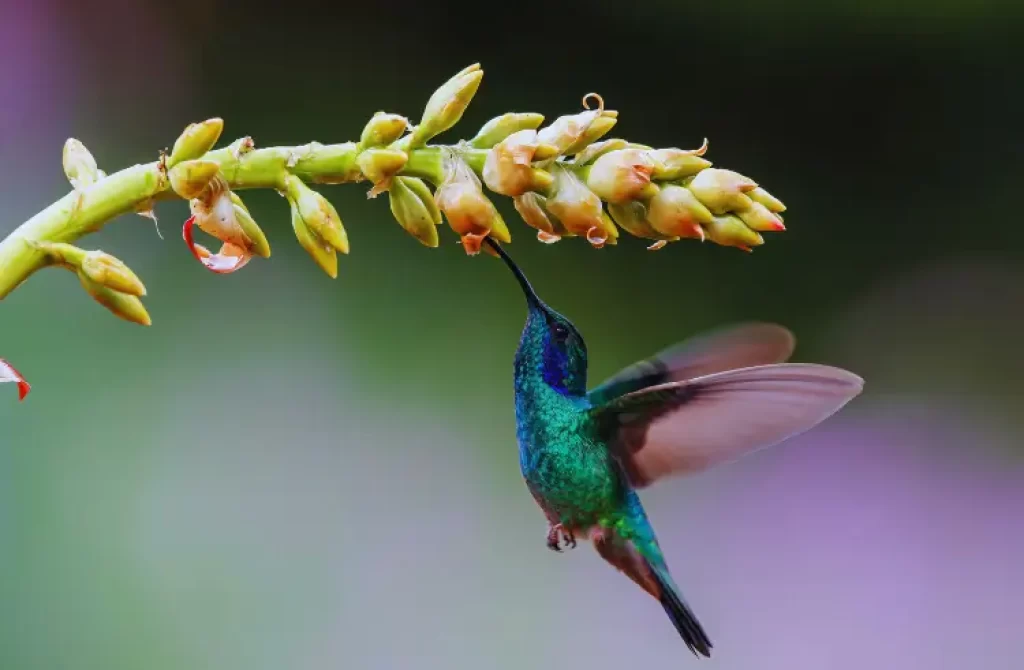
Well, Hummingbirds are renowned for their rapid heartbeats. On average, a hummingbird’s heart can beat anywhere from 1200 to 1600 beats per minute (bpm) during normal activity.
However, their heart rate can increase significantly during intense activity, such as hovering or rapid flight, potentially reaching up to 1200 to 1600 bpm.
This extraordinary heart rate is essential to meet the high energy demands of their fast-paced lifestyle, allowing them to hover, dart, and feed on nectar with incredible agility and precision.
😜 Hummingbirds have hearts that go “brrrrrrrrrr!” Their heartbeats can reach a whopping 1200 to 1600 beats per minute during their busy days of hovering and sipping nectar. That’s faster than a drummer on an espresso binge!
Can hummingbirds wings beat 200 times a second?

No, hummingbird wings do not beat 200 times per second. They are incredibly fast, and on average, a hummingbird’s wings beat about 50 to 80 times per second during normal flight.
However, during more intense activities like hovering or rapid flight, their wingbeats can increase to around 200 beats per second, which is still astonishingly rapid and enables their remarkable aerial abilities.
Conclusion
Hummingbirds may have short lives, but they make the most of their time on Earth. Their vibrant plumage and incredible aerial acrobatics are a testament to their resilience and adaptability.
Despite the challenges they face, hummingbirds continue to captivate our hearts and remind us of the delicate balance of life in the natural world.
Observing these tiny, energetic birds reminds us to appreciate the beauty and fragility of life, no matter how fleeting it may be.
Kenno Marques is a self-taught English speaker deeply passionate about nature and wildlife. He dedicates his time to scouring the web for the latest animal news and engaging content, which he shares on various websites. Fluent in three languages, Kenno is currently on a journey to master German. His commitment to fostering an understanding of the natural world makes him a valuable contributor to the online community.





